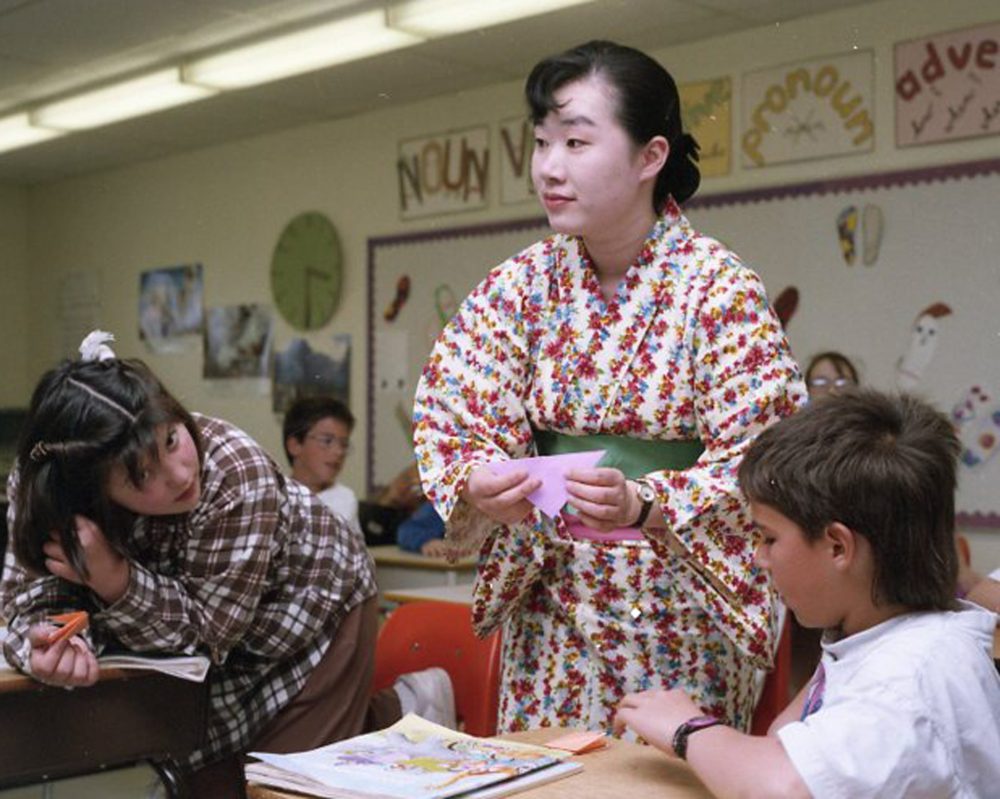COLUMN: Carillon Flashback – June 16, 1993 – Teacher from Japan finds students active, engaging
Advertisement
Hey there, time traveller!
This article was published 24/06/2024 (431 days ago), so information in it may no longer be current.
Canadian students are much more active and responsive than their counterparts in Japan, according to a Japanese teacher who is in Ste Anne on a nine-month exchange program.
Yuko Ishida, who has been introducing Japanese culture to Ste Anne students during her stay in Canada, says Canadian students are much more active, much more involved than her students in Japan.
Students in Japan, particularly in junior and senior high schools levels, are used to receiving information from teachers strictly in a lecture format, with no time allowed for discussion, like there is here, she said.

“Here students ask questions and study lessons together with the teacher.”
Japanese classes are also much larger than those in the Ste Anne school. In Japan classes of 30 students are common, with many having up to 40 in the classroom. She compared that with classes of 20 to 25 students in Ste Anne, saying she found student-teacher relationships to be much less formal here than in Japan.
In Japanese schools, teachers invariably address their students by their family names, and students, in turn, call teachers sensai, or teacher.
Schools in Japan are larger, Ishida pointed out, noting she was one of 1,000 students when she attended elementary school. She did, however, note schools in Japan are getting smaller.
With less land available in Japan than here in Canada, elementary schools often utilize space by putting a playground on the top of a three or four-storey building, Ishida added.
Where the Japanese system is similar to that of Manitoba is that students in Japan attend public schools for 12 years prior to a post-secondary education. Students are enrolled for six years in elementary school, three years in junior high school, and another three in high school.
School days are of similar length in the two countries. Japanese students, however, attend schools for six days a week rather than five.
While here the situation appears to be much more relaxed, Japanese students tend to be more intense and competitive. In Japan, students face particularly stressful times when faced with university entrance examinations.
There is a period, just after the completion of Grade 12, commonly referred to as “examination hell” in Japan, Ishida noted.
Ishida, a resident of the Japanese city of Niigata, has taught English at a Japanese private school and the Japanese language to foreign residents of Japan.
She returns to Japan in January.
– with files from Tim Plett
